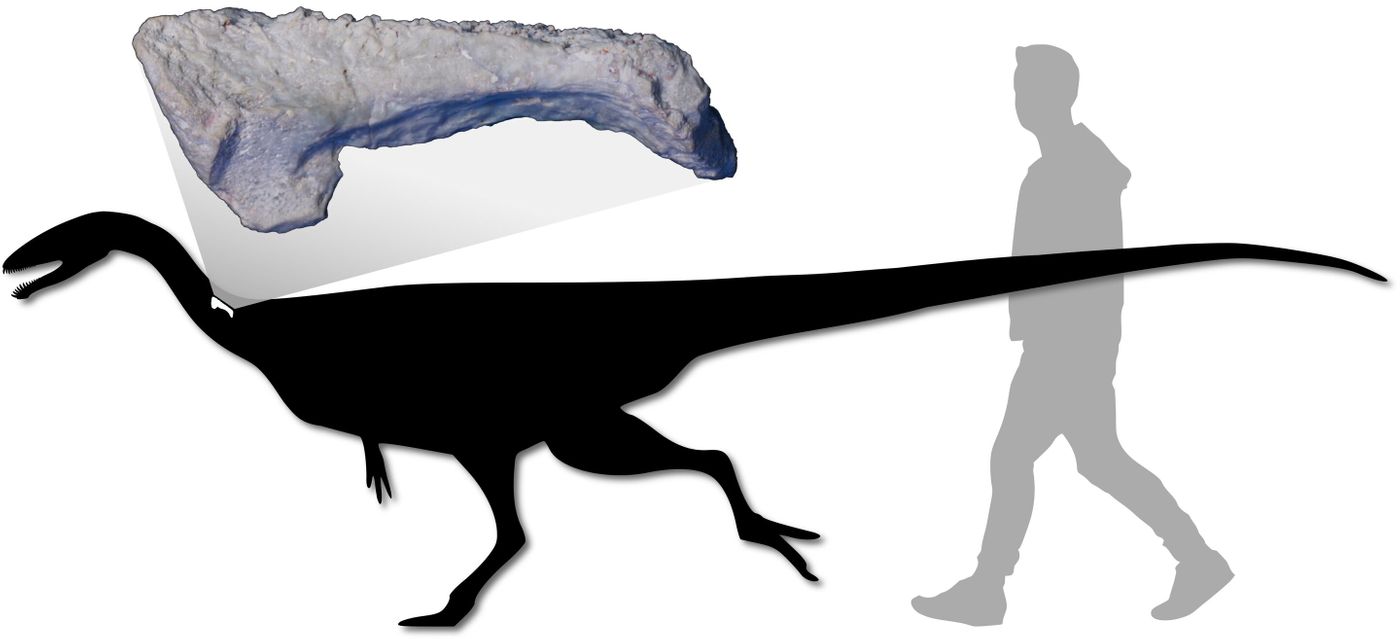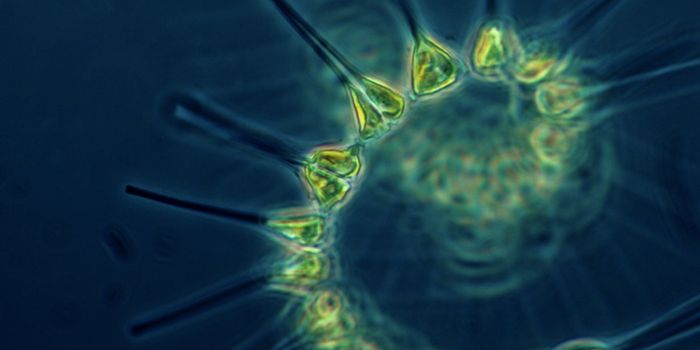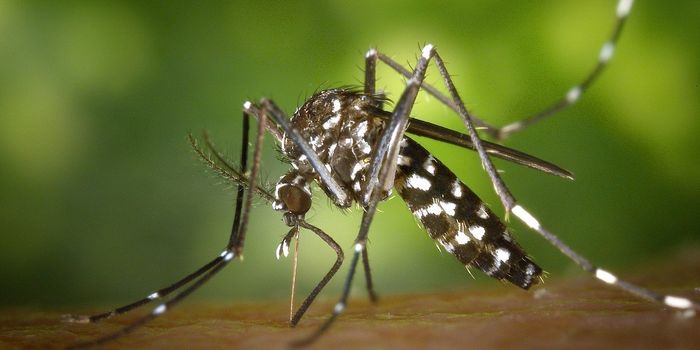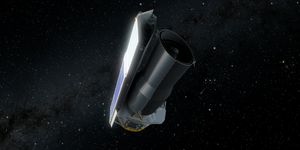Noasaurid Fossil Confirms Cretaceous Existence on Australia
A class of two-legged carnivorous dinosaur dubbed noasaurids are said to have existed in later half of the Cretaceous Era, but our understanding of their global distribution has always been particularly cloudy.
Image Credit: Tom Brougham/Scientific Reports
Based on what little evidence we’ve found of their existence through fossils excavated in Southern continents, scientists have generally accepted the idea that noasaurids roamed what was once an ancient Southern supercontinent called Gondwana. Fast-forward to now, millions of years later, and Earth’s tectonic activity has transformed the planet’s continental signature, dispersing fossils far and wide across the globe.
Because noasaurids were thought to reside in Gondwana, scientists have long theorized that we’d eventually find traces of these dinosaurs on the Southern landmass we know today as Australia. While it sounded good in theory, there had been no evidence to back this idea up, that is, until recently.
Citing a paper published just this past week in the journal Scientific Reports, it seems that a noasaurid fossil has been unearthed in Australia for the very first time. These findings validate preliminary theories suggesting that these dinosaurs roamed these lands millions of years ago when it shared common ground with the ancient supercontinent of Gondwana.
"It was assumed that noasaurids must have lived in Australia because their fossils have been found on other southern continents that, like Australia, were once part of the Gondwanan supercontinent," elucidated Dr. Tom Brougham, the lead scientist of the paper.
"These recent fossil finds demonstrate for the first time that noasaurids once roamed across Australia. Discoveries of theropods are rare in Australia, so every little find we make reveals important details about our unique dinosaur fauna."
Related: Peculiar duck-billed dinosaur described based on fossil evidence
The fossil, a lone neck bone of a noasaurid exposed in an Opal Mine around New South Wales, is particularly important for two primary reasons. The first is that it’s helping scientists fill the gaps in the Earth’s life record, and the second is that it ties Australia to the supercontinent of Gondwana. Both cases are wins for science.
Now that the existence of noasaurids has been confirmed on Australia, it should be interesting to see if archaeologists will discover any additional piece of evidence that these Cretaceous beasts once lived there. This would not only enforce existing theories, but potentially offer well-preserved specimens for scientific research.
Source: Phys.org, Scientific Reports









